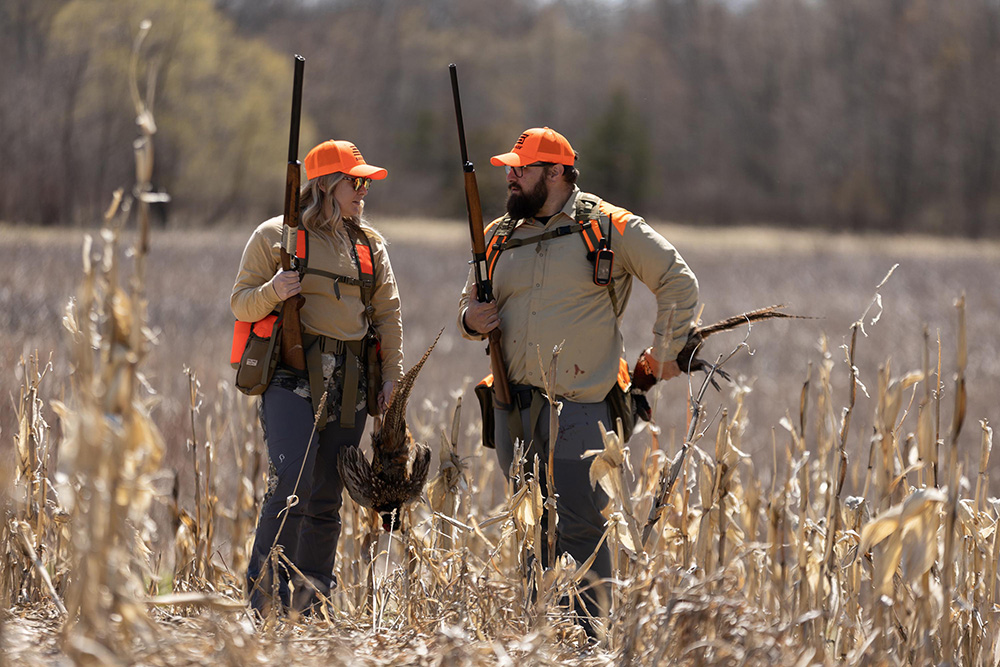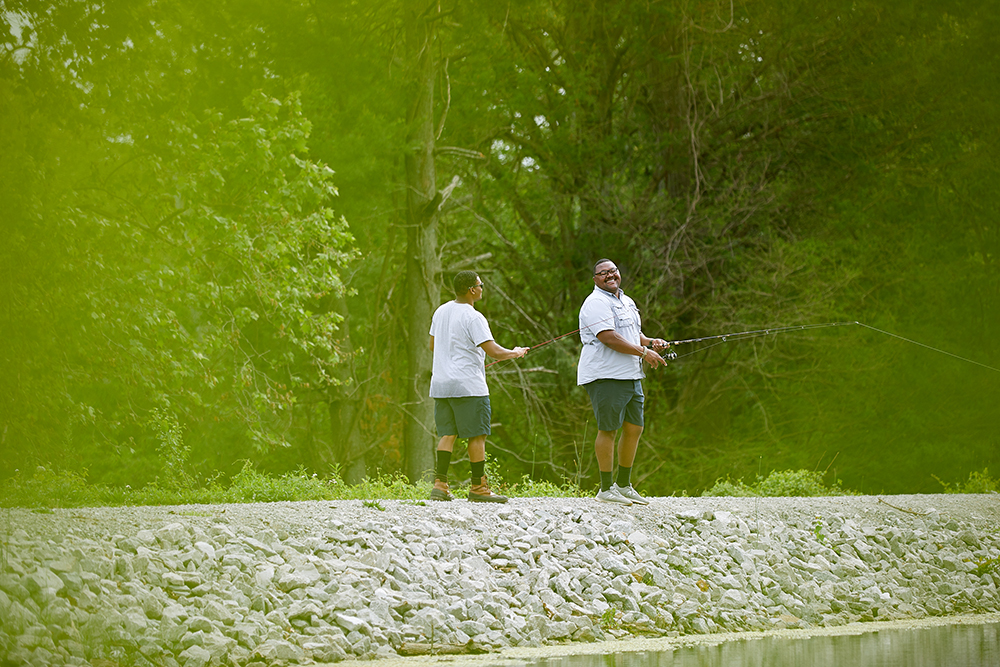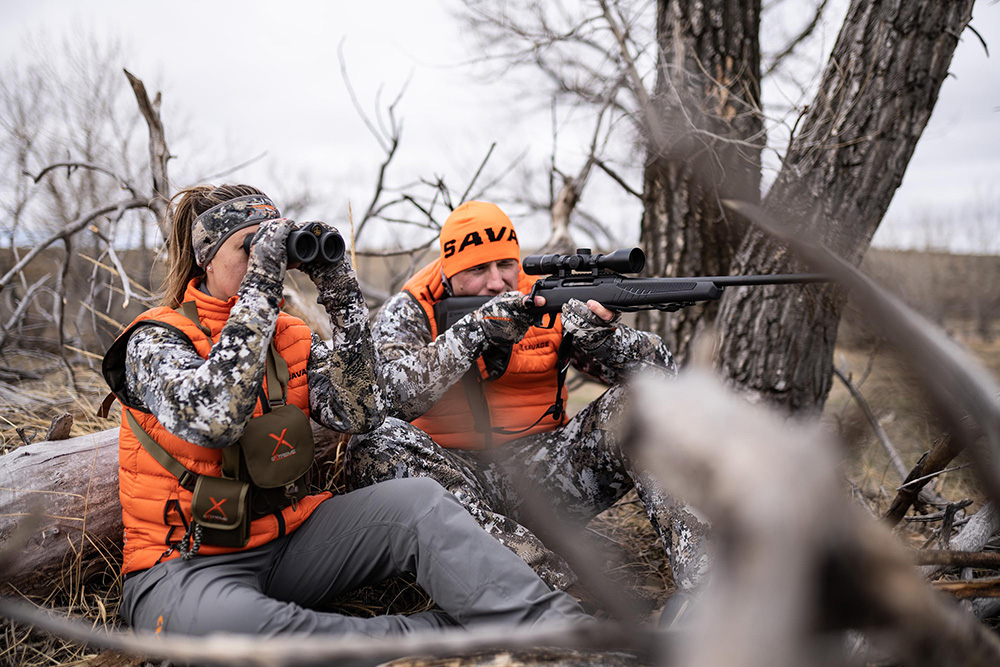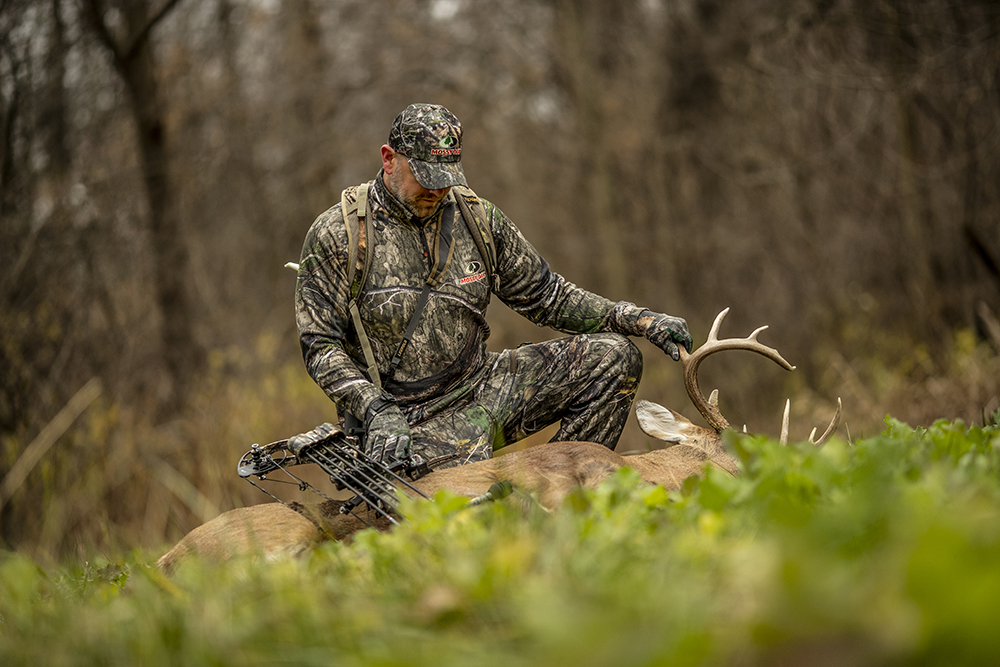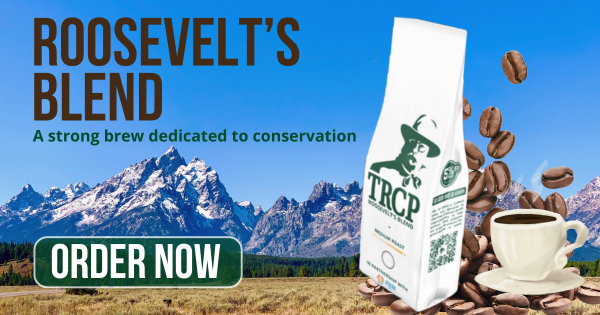Funding the Migratory Bird Resurgence Initiative will enhance critical habitat for migratory birds.
Waterfowl hunters have worked for decades to ensure that ducks and geese have quality places to nest, raise their broods, and winter. Through nearly a century of wetland protection and restoration, we’ve made great strides toward ensuring the long-term viability of waterfowl populations. Much of this habitat is on private agricultural lands. For example, the Prairie Pothole Region (PPR), an expansive area in the northern Great Plains, is where 50-70% of North America’s ducks are hatched each year. It is also about 90% privately owned, with over half of the region in crop production.
Cropland wetlands, like those in the PPR, are protected from drainage through the wetland conservation compliance provisions of the Farm Bill, commonly known as Swampbuster, but they are typically not managed for waterfowl. Instead, they are usually farmed during dry years and left alone when flooded. This strategy can be successful for farmers when conditions are good, but it adds operational uncertainty and often leads to lost profit from flooding or soil salinity.
Recognizing an opportunity, our partners at Delta Waterfowl and Ducks Unlimited worked directly with farmers, commodity groups, and state agencies to find ways to increase and enhance duck nesting habitat in the PPR. The solution they devised would be voluntary and incentive based, turning wetlands previously seen as an inconvenience into an asset. First piloted in North Dakota in 2015, this project became known as the Migratory Bird Resurgence Initiative (MBRI). The MBRI uses the Environmental Quality Incentives Program (EQIP), a Farm Bill Conservation program, to conserve the most important and most at risk small shallow wetlands. This practice provides a clear market signal to farmers that these small wetlands have value-not just to breeding ducks, but all people in the prairies and beyond. EQIP is well liked by farmers due to its numerous practice options and a great degree of flexibility. Thus, packaging a suite of EQIP practices into the MBRI makes it easier for farmers to enroll and for Natural Resources Conservation Service (NRCS) staff to administer.
It’s important to foster more and better habitat in the breeding grounds, but without adequate winter habitat we won’t increase duck populations. Again, working in partnership with farm groups, Delta Waterfowl, and Ducks Unlimited, biologists identified post-harvest flooding of rice fields as a cost-effective way to increase habitat in a way that works with, not against, farmers’ operations. Here’s how:
Rice fields are engineered to be flooded during the growing season, which reduces weed pressure and increases yield. This design makes fields easy to flood in the winter too, during which time the flooding creates massive areas of winter habitat for ducks, geese, shorebirds, and more. These shallow water habitats also create public hunting opportunities, such as through the Arkansas Waterfowl Rice Program.
What’s Next
In 2024, the Theodore Roosevelt Conservation Partnership (TRCP) and our partners are asking that NRCS allocate additional funds for the PPR (MT, ND, SD, IA, and MN) and for the wintering grounds (MS, AR, CA, TX, LA). Our partners at Delta Waterfowl estimate that investment in the MBRI would:
- Conserve more than half the region’s remaining small cropland wetlands.
- Create 500,000 acres of flooded rice winter habitat.
- Support more than a half million breeding pairs of ducks, countless shorebirds and other species.
- Store nearly 9.5 million tons of carbon annually
- Digest over 16 million pounds of nitrogen and 1.6 million pounds of phosphorus annually, improving water and air quality.
- Store more than 275,000 acre-feet of water, mitigating both drought and flooding.
By using the voluntary, incentive-based framework of Farm Bill conservation, we can create these outcomes in places we could never reach with other strategies. So, what needs to be done to make this a reality?
First, the NRCS needs to commit funds to the MBRI that reflect its innovative design and wide-ranging benefits. Restoring wetlands and creating wetland wildlife habitat fits squarely within the NRCS’ mission and few if any initiatives better meet NRCS’ stated objectives (even fewer were designed with as much intentional collaboration among hunters and farm groups). One way to financially support the MBRI would be by recognizing Wetland Wildlife Habitat Management as a climate-smart practice, which would make it eligible for funding through the Inflation Reduction Act. Wetlands are carbon storage powerhouses and restoring them only increases their capabilities.
Second, Congress needs to pass a Farm Bill that ensures that conservation programs like EQIP continue to support both agricultural production and wildlife habitat.
Click here to learn more about the Farm Bill and get involved.

